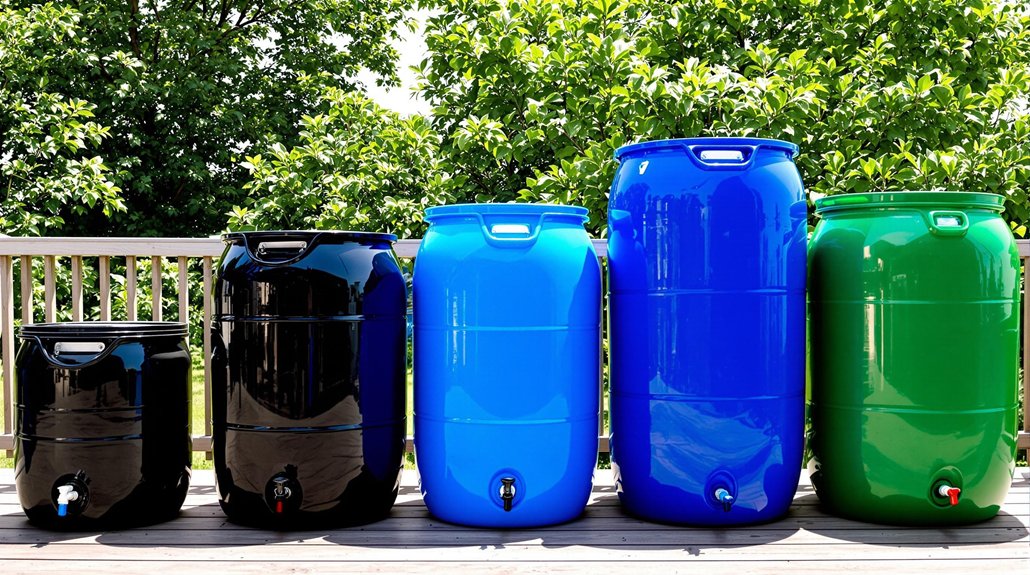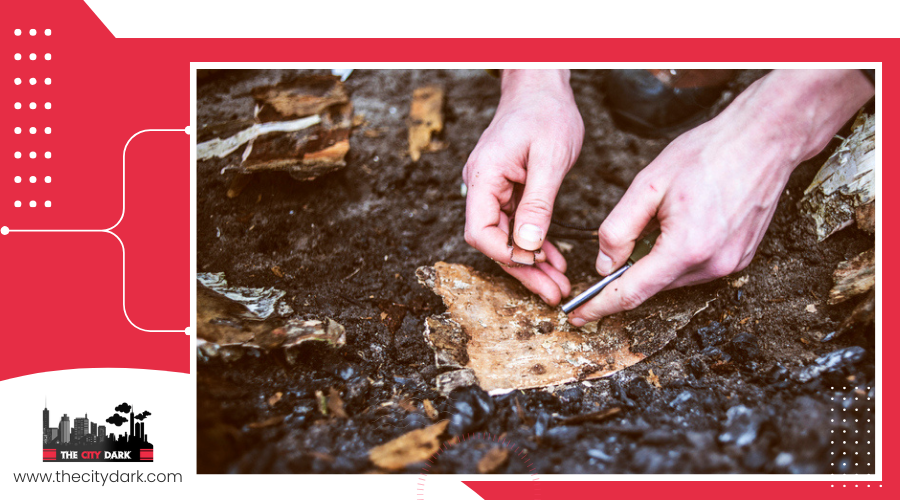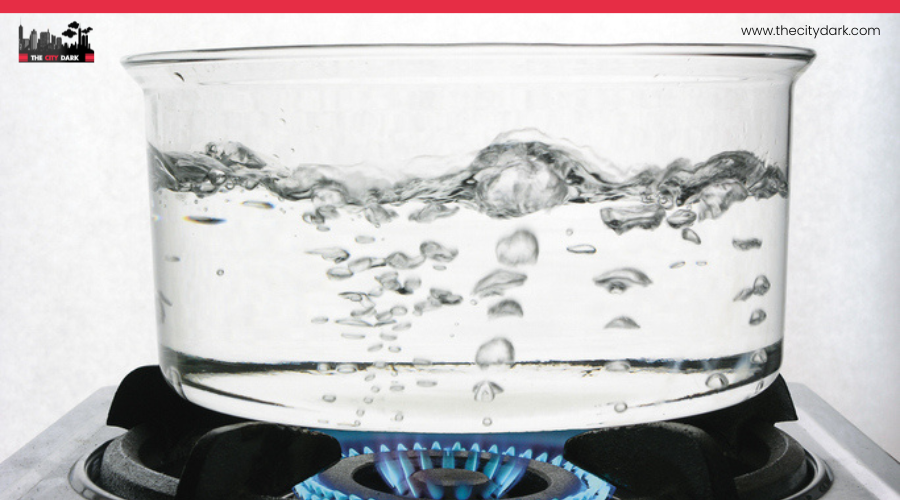How to Desalinate Water for Emergency Use
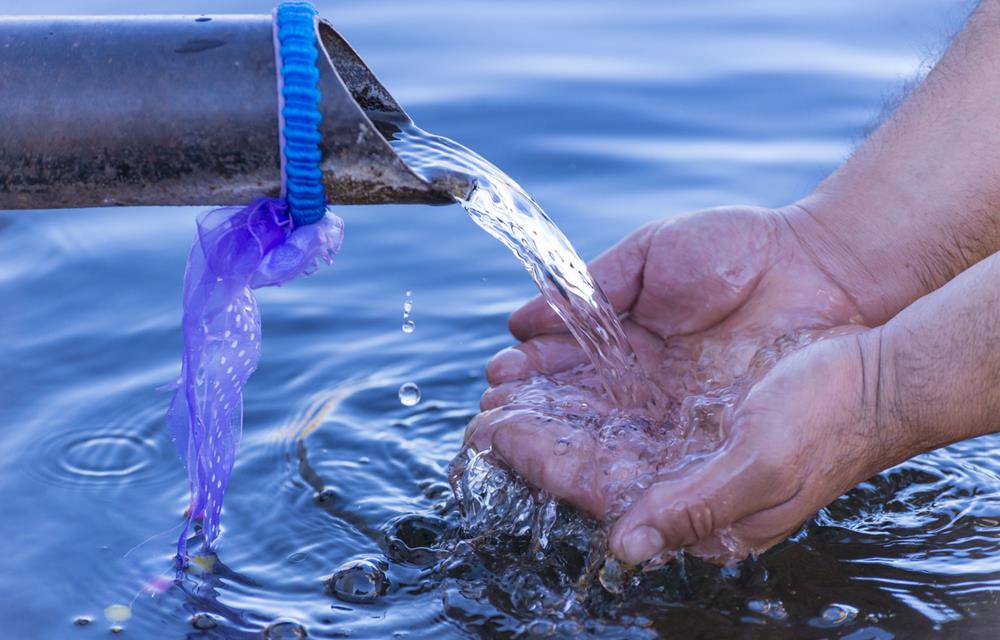
When clean drinking water isn’t available, knowing how to make saltwater safe to drink can be a lifesaving skill. Whether you're preparing for a natural disaster, stranded in a coastal area, or building your emergency survival kit, understanding how to desalinate water is essential.
In this guide, we’ll break down simple, effective methods to remove salt from seawater—using tools you may already have at home. Learn how to turn undrinkable water into a safe, reliable source when you need it most.
| Method | Description | Pros | Cons |
|---|---|---|---|
| Solar Still | Evaporates seawater using sunlight; vapor condenses and is collected as fresh water. | Simple, no electricity needed, DIY-friendly | Slow; produces small amounts (approx. 1 cup/hour) |
| Reverse Osmosis | Uses high pressure to push seawater through a membrane, removing salt and impurities. | Highly effective; portable options available; produces large volumes (up to 75 gallons/day) | Requires power; equipment can be expensive and needs maintenance |
| Boiling & Condensation | Boil seawater and collect steam as it condenses into fresh water. | Kills bacteria; works with basic tools | Energy-intensive; slower process |
| Improvised Desalination | Uses common items (plastic wrap, containers, tubing) to build makeshift desalination setups. | Low-tech, accessible in survival situations | Less efficient; low output |
| Portable Desalination Devices | Compact units that filter seawater using reverse osmosis or manual pressure. | Easy to carry; ideal for emergencies, boats, camping | Require regular maintenance; limited capacity depending on model |
Understanding the Importance of Desalination in Emergencies
In emergencies, understanding desalination's significance can't be overstated. With 97% of Earth's water being saltwater, transforming seawater into drinkable water becomes essential when fresh supplies are compromised.
You can't afford to underestimate the need for an emergency water supply, especially when natural disasters strike or infrastructure fails. Drinking seawater isn't an option as it exacerbates dehydration, so desalination guarantees you have potable water when it's most needed.
Reverse osmosis plays an important role in this process, removing salt and contamination to provide safe drinking water.
Effective water management during crises involves having the skills and equipment to desalinate. By doing so, you can avert the critical impacts of water scarcity, making sure that you and your community remain resilient and hydrated.
Methods to Desalinate Water in Crisis Situations
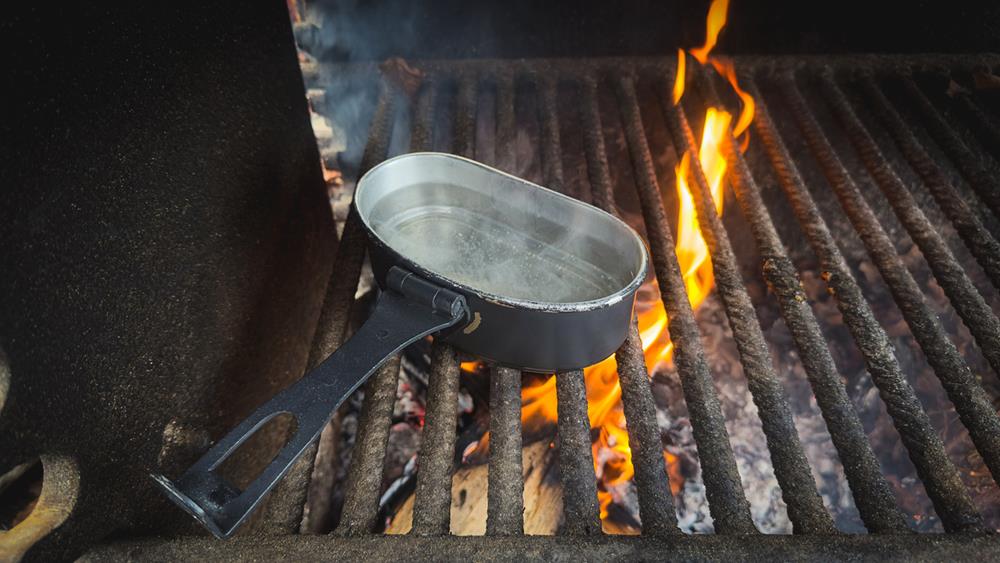
In a crisis, having access to safe drinking water is crucial—and knowing how to desalinate seawater can make all the difference.
Here are some practical methods you can use when clean water is scarce:
Solar Still: A simple, low-tech option that uses sunlight to evaporate saltwater. The vapor condenses on a surface and drips into a container as drinkable water. It’s slow but effective and works well with basic materials.
Reverse Osmosis: One of the most efficient methods, this process forces seawater through a semi-permeable membrane under pressure, removing salt and other contaminants. While highly effective, it requires specialized equipment and energy.
Boiling and Condensation: Boil seawater and capture the steam using a condensation setup. Once cooled, the steam becomes fresh water. This method is reliable but energy-intensive and slower than other options.
Improvised Solutions: In a pinch, you can use plastic sheeting, containers, tubing, and heat sources to create makeshift desalination systems. While less efficient, they can produce small amounts of drinkable water when no other options exist.
These methods can be life-saving in emergency situations, especially in coastal areas or during natural disasters when freshwater supplies are disrupted.
Portable Desalination Devices and Their Uses
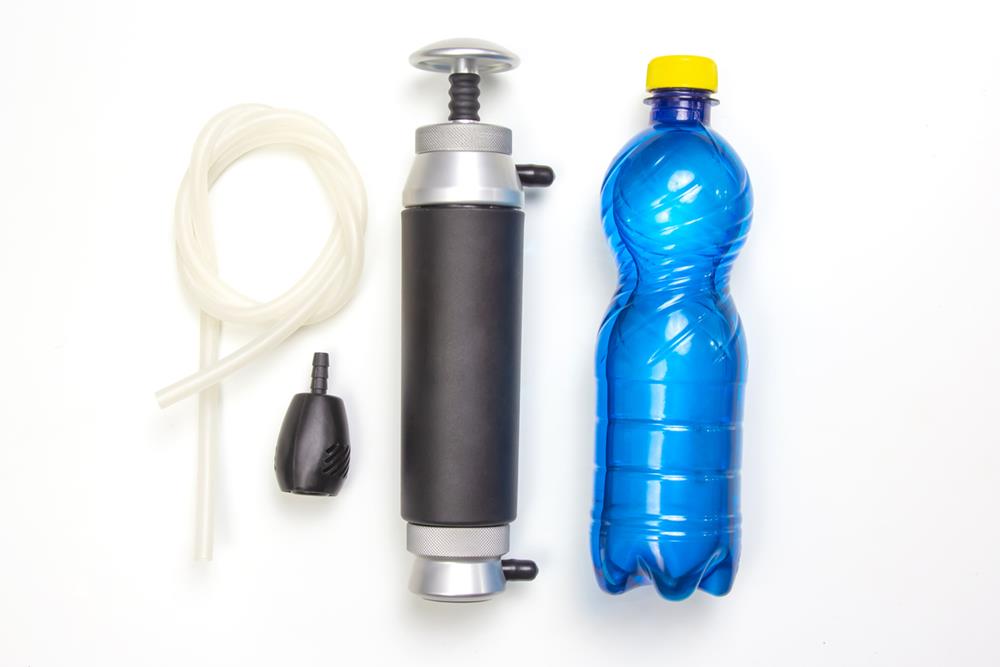
Portable desalination devices are lifesavers when fresh water is scarce. In emergency situations, these devices transform seawater into fresh water by removing salt and impurities. They often use reverse osmosis or manual filtration, guaranteeing you're producing potable water essential for survival needs.
Their lightweight and compact design makes them easy to carry, regardless of whether you're on a boat, camping, or facing a disaster. Some models even produce several liters per hour, providing a reliable supply, especially in coastal or island areas.
However, don't overlook regular maintenance and testing. This guarantees your portable desalination devices are ready when you need them most. Neglect could lead to failure, leaving you without a crucial resource in dire times.
Solar Distillation Techniques for Freshwater Collection

When freshwater is scarce, solar distillation offers a simple, low-tech way to turn seawater into drinkable water using just sunlight. It’s an ideal method for emergency situations, especially when resources are limited.
You can build a DIY solar still with basic materials:
Start by placing seawater in a wide, shallow container.
Cover the container with clear plastic wrap, securing the edges.
Place a small collection cup or bowl in the center.
Position a small weight (like a rock) in the middle of the plastic to create a low point directly above the collection cup.
As the sun heats the seawater, it evaporates. The vapor condenses on the underside of the plastic wrap and drips into the cup—leaving the salt and impurities behind.
Under good sunlight, a basic solar still can produce about one cup of freshwater per hour, depending on temperature and humidity. While slow, it’s a reliable and energy-free way to generate clean water when you need it most.
Investing in a reliable water filtration system can complement solar distillation, ensuring access to clean water for emergency situations. While ideal for small-scale freshwater collection, keep in mind it may not suffice for larger groups or extended survival needs.
Boiling and Condensation Processes for Water Purification
While freshwater scarcity is a pressing issue, boiling and condensation processes offer an effective solution for purifying seawater. By heating seawater to its boiling point using a heat source like a portable stove, you can transform it into steam.
This steam, when condensed, becomes fresh water, leaving salt and impurities behind. You can create a simple distillation setup with a metal pot, a lid, and a separate cool container for collection.
This method not only purifies the water but also kills harmful bacteria, making it safe to drink. Though it can produce 1 to 2 gallons per hour, it's energy-intensive and time-consuming. In emergencies, combine it with other purification methods for effective results. Additionally, solar disinfection methods can be employed in conjunction with distillation to ensure water safety, especially in sunny regions where they are most effective.
Reverse Osmosis Systems for Emergency Desalination
When faced with a water scarcity crisis, reverse osmosis systems provide an efficient solution for desalinating seawater. These systems use high pressure to push seawater through a semi-permeable membrane, filtering out impurities and salts to produce fresh water.
Portable systems are especially useful for emergency preparedness, offering a reliable water supply during long voyages or disasters. They can yield 50-75 gallons of fresh water daily, depending on the conditions and system capacity.
Proper maintenance is vital to prevent fouling and scaling, which can affect the system's efficiency. Energy recovery devices improve efficiency by recycling energy from the brine stream, reducing operational costs.
Investing in a portable reverse osmosis unit guarantees you're prepared for emergencies with a dependable fresh water source.
Essential Supplies and Tips for Water Efficiency

When freshwater is scarce, solar distillation offers a simple, low-tech way to turn seawater into drinkable water using just sunlight. It’s an ideal method for emergency situations, especially when resources are limited.
You can build a DIY solar still with basic materials:
Start by placing seawater in a wide, shallow container.
Cover the container with clear plastic wrap, securing the edges.
Place a small collection cup or bowl in the center.
Position a small weight (like a rock) in the middle of the plastic to create a low point directly above the collection cup.
As the sun heats the seawater, it evaporates. The vapor condenses on the underside of the plastic wrap and drips into the cup—leaving the salt and impurities behind. Under good sunlight, a basic solar still can produce about one cup of freshwater per hour, depending on temperature and humidity.
While slow, it’s a reliable and energy-free way to generate clean water when you need it most. Regularly rotate your stored water every 6-12 months to ensure freshness and safety. Prioritize water usage for drinking and medical needs, guaranteeing effective water management during emergencies.

